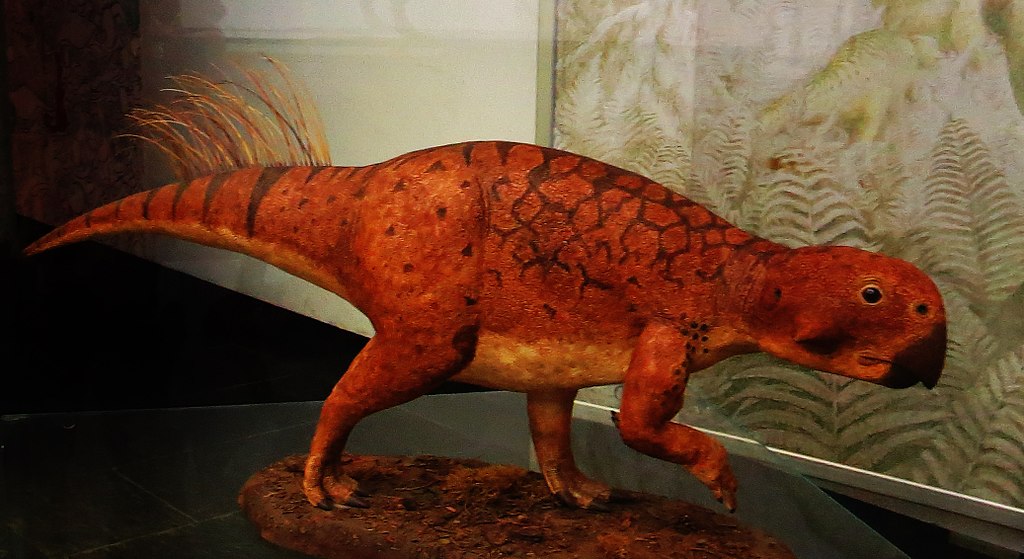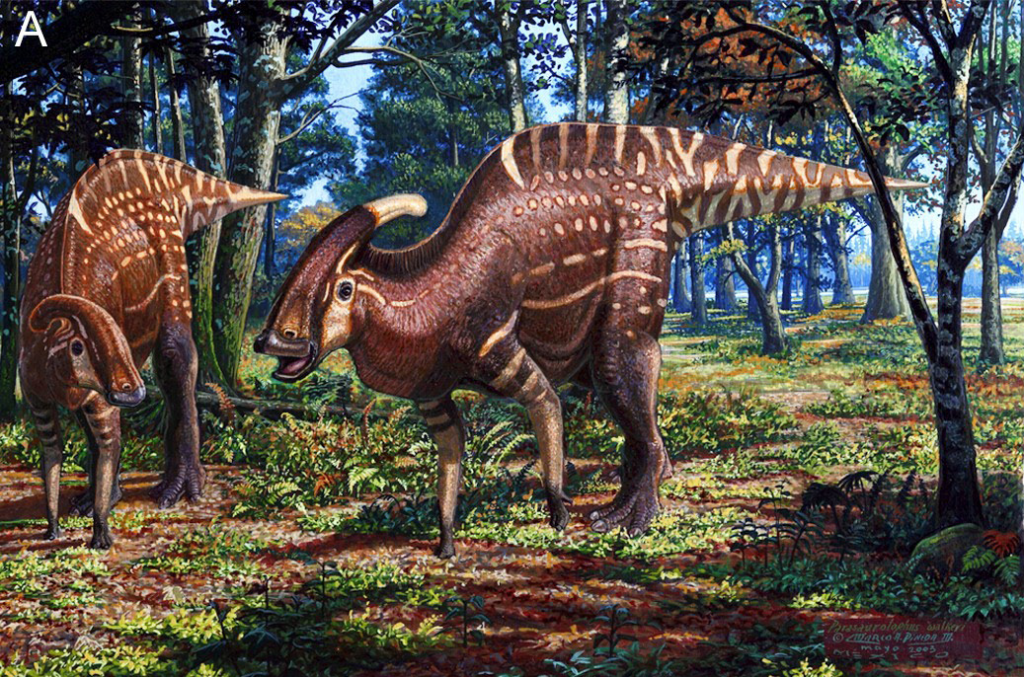When it comes to comparing the giants of prehistory with the mechanical marvels of our modern world, few juxtapositions are as striking as placing a Brachiosaurus alongside a Boeing 747 aircraft. Both represent the pinnacle of size in their respective domains – one dominating the Jurassic landscape 150 million years ago, the other commanding our skies today. This comparison not only offers a fascinating perspective on scale but also bridges two vastly different epochs of Earth’s history. By exploring how these titans measure up against each other, we can better appreciate the extraordinary dimensions of both natural evolution and human engineering.
The Magnificent Brachiosaurus: An Overview
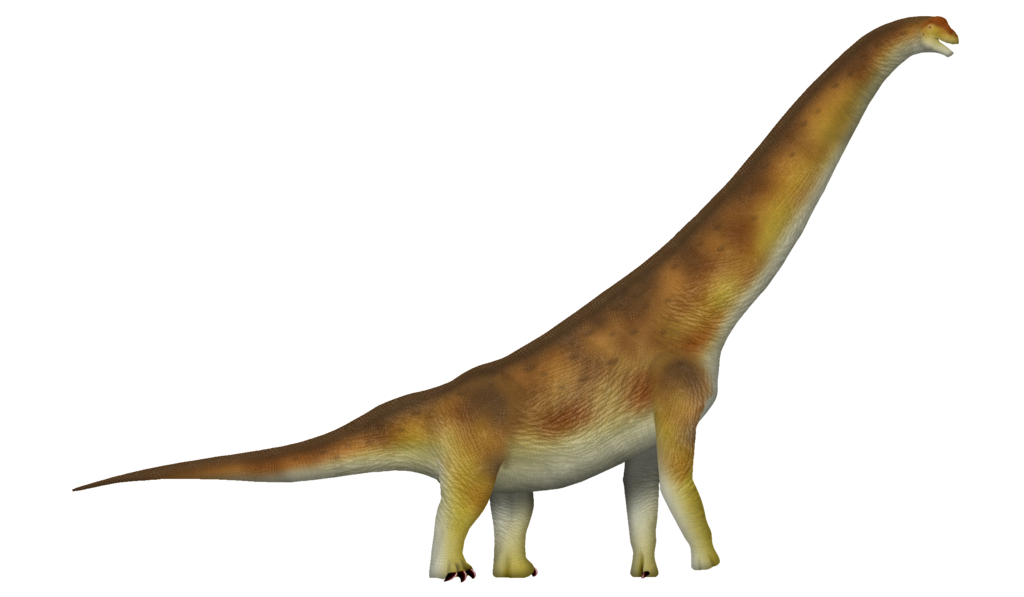
Brachiosaurus was one of the most iconic sauropod dinosaurs of the Late Jurassic period, roaming what is now North America and Africa approximately 154-153 million years ago. Its name, meaning “arm lizard,” refers to its unusually long front legs that gave it a distinctive giraffe-like posture. As a member of the sauropod group, Brachiosaurus exhibited the characteristic long neck and tail, small head, and massive body that defined these plant-eating giants. What set Brachiosaurus apart from many other sauropods was its upright posture, with shoulders higher than its hips, allowing it to reach vegetation at tremendous heights. This gentle giant has captured the public imagination since its discovery in 1903 by paleontologist Elmer Riggs, becoming a standard-bearer for dinosaurian enormity in museums and popular culture worldwide.
The Boeing 747: The Queen of the Skies
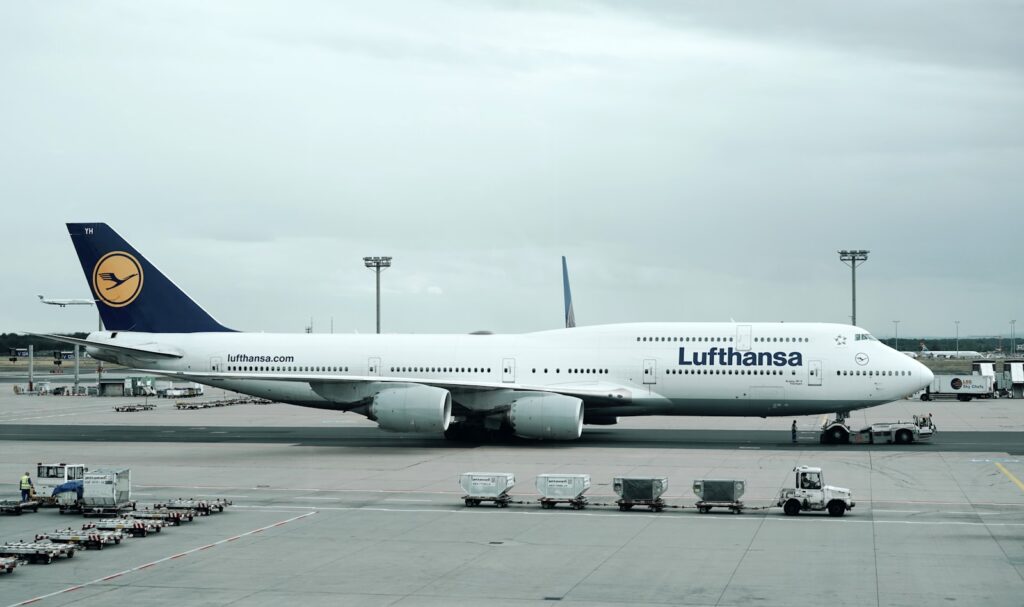
The Boeing 747, often called the “Jumbo Jet” or “Queen of the Skies,” revolutionized air travel when it first took flight in 1969. As one of the most recognizable aircraft ever produced, this wide-body commercial airliner set new standards for size and passenger capacity in commercial aviation. The original 747-100 model measured about 231 feet (70.5 meters) in length, with later versions like the 747-8 stretching to 250 feet (76.3 meters). With its distinctive hump containing the upper deck, the 747 stands approximately 63 feet (19.4 meters) tall and boasts an impressive wingspan of about 196 feet (59.6 meters) for earlier models and 224 feet (68.4 meters) for the 747-8. For over five decades, this engineering marvel has transported millions of passengers across continents, carrying up to 366 people in a typical three-class configuration or over 600 in a single-class layout.
Length Comparison: Nose to Tail
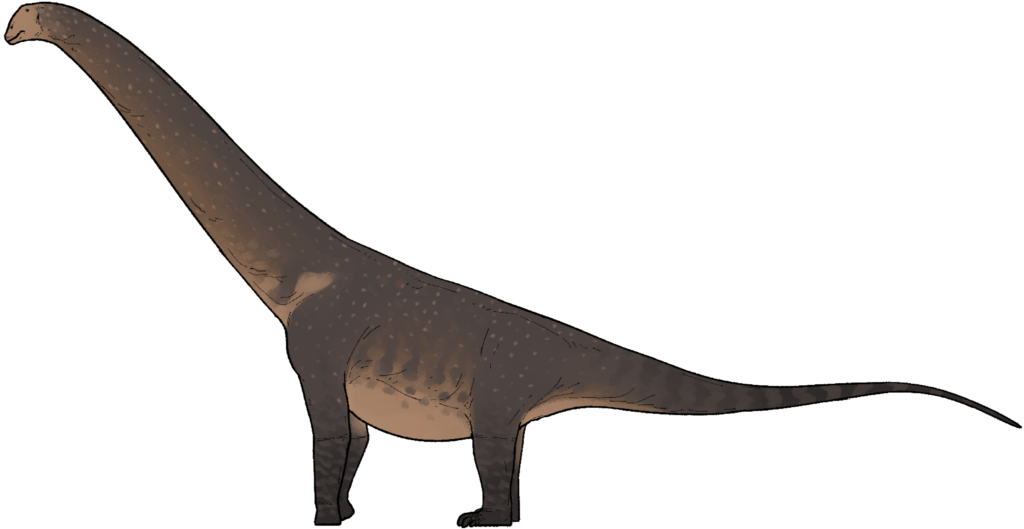
When comparing the length of a Brachiosaurus to a Boeing 747, we find surprisingly comparable dimensions. Based on the most complete fossil specimens, Brachiosaurus is estimated to have measured between 75 and 85 feet (23-26 meters) from its nose to the tip of its tail. This places it slightly longer than a tennis court. The Boeing 747-8, the longest version of this aircraft, extends approximately 250 feet (76.3 meters) from nose to tail, making it significantly longer than the dinosaur. However, earlier 747 models like the 747-100 measured about 231 feet (70.5 meters), which is roughly three times the length of Brachiosaurus. This comparison reveals that while the dinosaur was undoubtedly massive by animal standards, modern human engineering has created vehicles that surpass even the largest land animals in terms of sheer length.
Height Dimensions: Reaching for the Sky
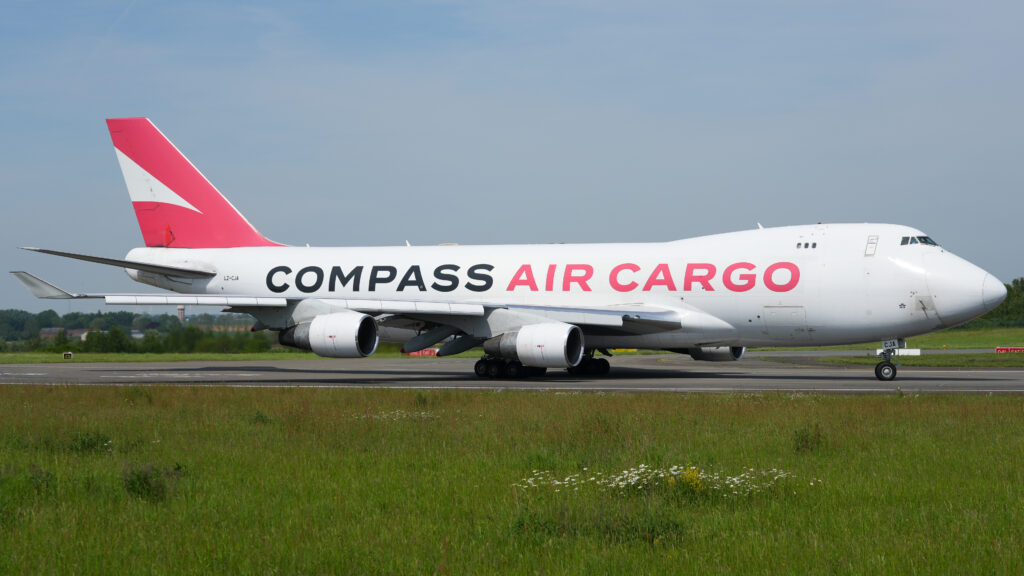
When it comes to height, Brachiosaurus truly shows its impressive stature. With its characteristic upright posture and extraordinarily long neck, Brachiosaurus could reach heights of approximately 40-50 feet (12-15 meters) at the head when standing in a neutral position. This remarkable height allowed the dinosaur to browse on treetop vegetation that was inaccessible to other herbivores, similar to how modern giraffes occupy a specific feeding niche. The Boeing 747, in contrast, stands about 63 feet (19.4 meters) tall at its tail, with its main fuselage sitting much lower to the ground. If placed side by side, a fully erect Brachiosaurus with its neck extended upward would likely rival or even exceed the height of the aircraft’s tail section, offering a striking visual of just how tall these prehistoric giants truly were compared to one of our largest modern vehicles.
The Weight Contest: Mass and Volume

The weight comparison between Brachiosaurus and the Boeing 747 reveals significant differences in mass despite their similar dimensional footprints. Paleontologists estimate that Brachiosaurus weighed between 30 and 80 tons (27,200-72,500 kg), with most modern estimates placing adult specimens at approximately 35-40 tons. This enormous mass was distributed across its massive frame, with much of it concentrated in its robust body, powerful legs, and muscular neck. In contrast, a Boeing 747-8 has a maximum takeoff weight of approximately 975,000 pounds (442,000 kg), or about 487.5 tons, making it substantially heavier than even the largest Brachiosaurus estimates. However, this isn’t a fair comparison of density, as the aircraft’s weight includes its fuel load, passengers, cargo, and all internal systems. The empty weight of a 747-8 is around 485,000 pounds (220,000 kg), which is still considerably more than Brachiosaurus but demonstrates how engineering has created flying machines that manage incredible mass through sophisticated design.
Wingspan Versus Body Width
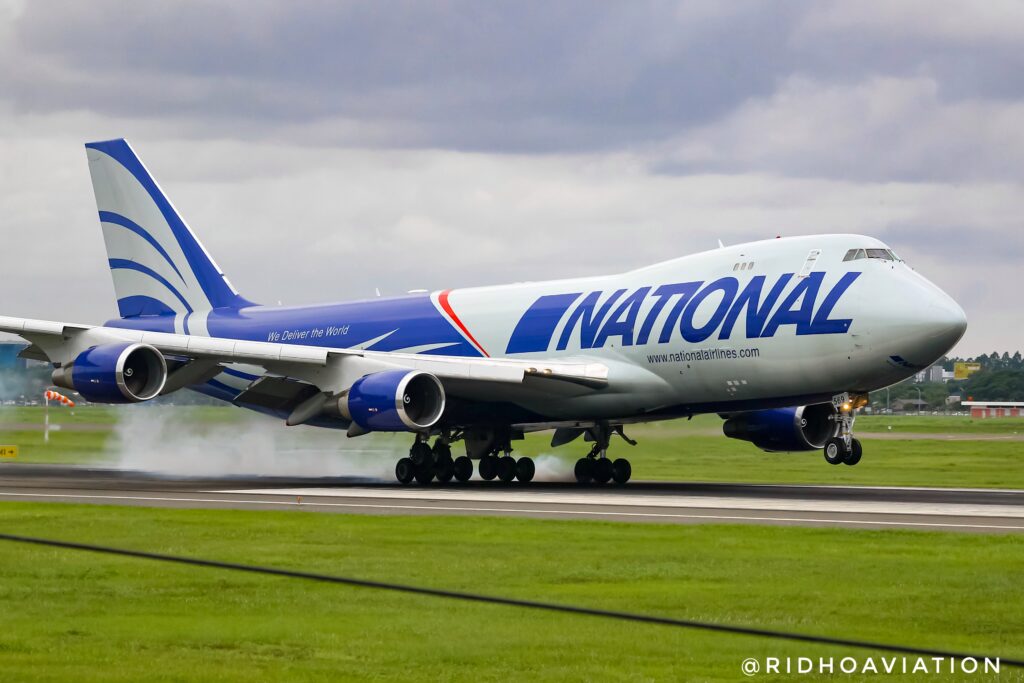
The Boeing 747’s most distinctive feature when viewed from above is undoubtedly its massive wingspan, which measures approximately 196 feet (59.6 meters) for classic models and extends to 224 feet (68.4 meters) for the 747-8 variant. This impressive lateral dimension allows the aircraft to generate sufficient lift to carry its enormous weight into the sky. Brachiosaurus, while not possessing wings, had a substantial body width that included its broad torso and the stance of its legs. The dinosaur’s body width is estimated to have been around 10-12 feet (3-3.7 meters) across the widest part of its torso, with its overall footprint (distance between left and right feet) potentially extending to about 15-20 feet (4.6-6 meters). This comparison highlights one of the most dramatic differences between the two giants – the aircraft’s wingspan is more than ten times wider than the dinosaur’s body width, demonstrating the engineering requirements for achieving flight versus the evolutionary adaptations for supporting massive weight on land.
Volume and Internal Capacity
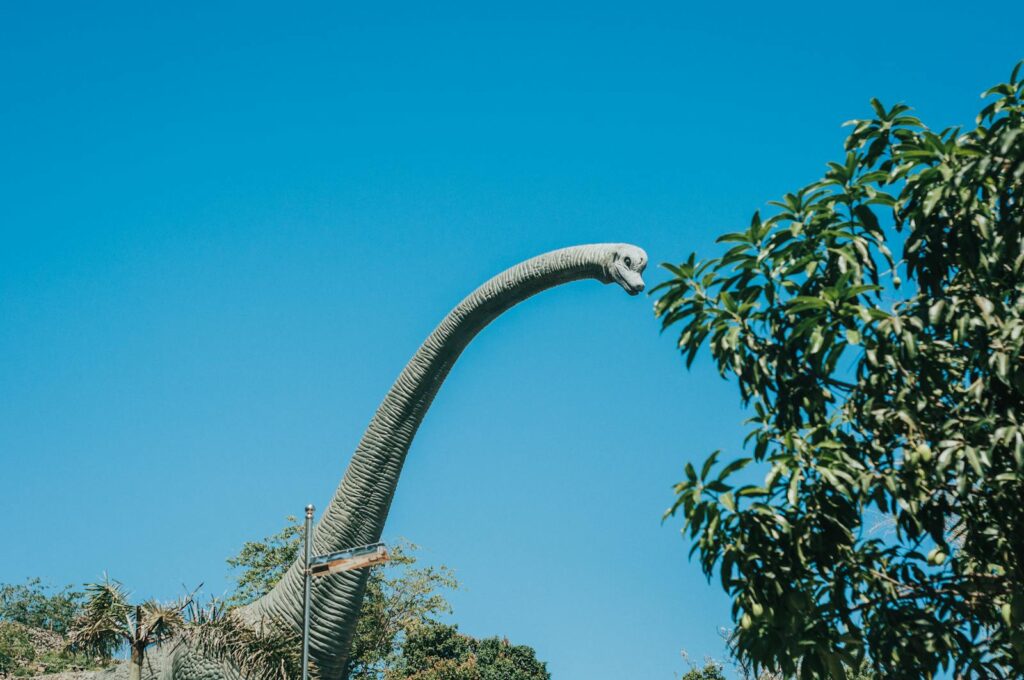
The internal volume of both giants reveals fascinating differences in their structural design and function. A Boeing 747-8 has a pressurized interior volume of approximately 33,340 cubic feet (944 cubic meters) across its passenger cabins, not including cargo holds, which add significant additional space. This enormous internal capacity allows it to transport hundreds of passengers and tons of cargo across continents. Brachiosaurus, being a solid biological entity rather than a hollow transport vessel, had a much different volume distribution. Its internal cavity contained vital organs, digestive systems specialized for processing massive amounts of plant material, and other biological systems. While the exact internal volume of a Brachiosaurus can’t be precisely calculated, paleontologists estimate its total volume at approximately 25,000-35,000 cubic feet (700-1,000 cubic meters), with much of that being solid muscle, bone, and other tissues rather than space. This fundamental difference highlights the contrast between biological and mechanical engineering – nature created a solid, self-sustaining organism while humans engineered a hollow vessel designed for transportation.
Speed and Mobility Comparison
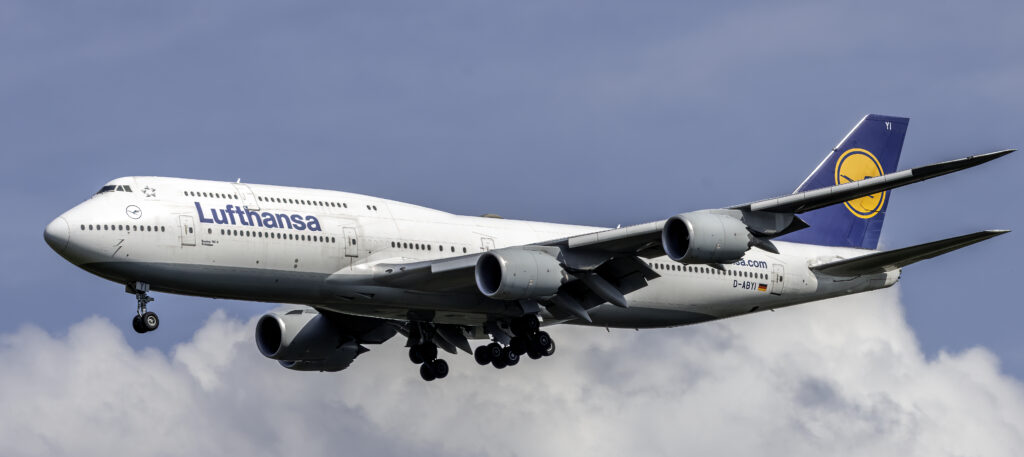
The movement capabilities of Brachiosaurus and the Boeing 747 represent perhaps the most dramatic contrast between these two giants. The Boeing 747 typically cruises at speeds of about 550-570 mph (885-920 km/h), covering vast distances with remarkable efficiency at altitudes around 35,000 feet (10,700 meters). It can travel up to 8,000 nautical miles (14,815 km) without refueling, essentially crossing continents and oceans in a matter of hours. Brachiosaurus, despite its massive size, was limited to much more modest locomotion. Paleontologists estimate that these sauropods likely moved at walking speeds of 10-20 mph (16-32 km/h) at maximum, with typical movement being much slower as they browsed vegetation. Their movement was entirely horizontal, confined to the terrestrial environment, with studies suggesting they likely preferred to stay in limited territories where food was abundant rather than migrating long distances. This comparison highlights the extraordinary advancement in mobility that human technology has achieved, creating machines that dramatically outperform even the most impressive biological organisms in terms of speed and range.
Anatomical Features Versus Aircraft Components
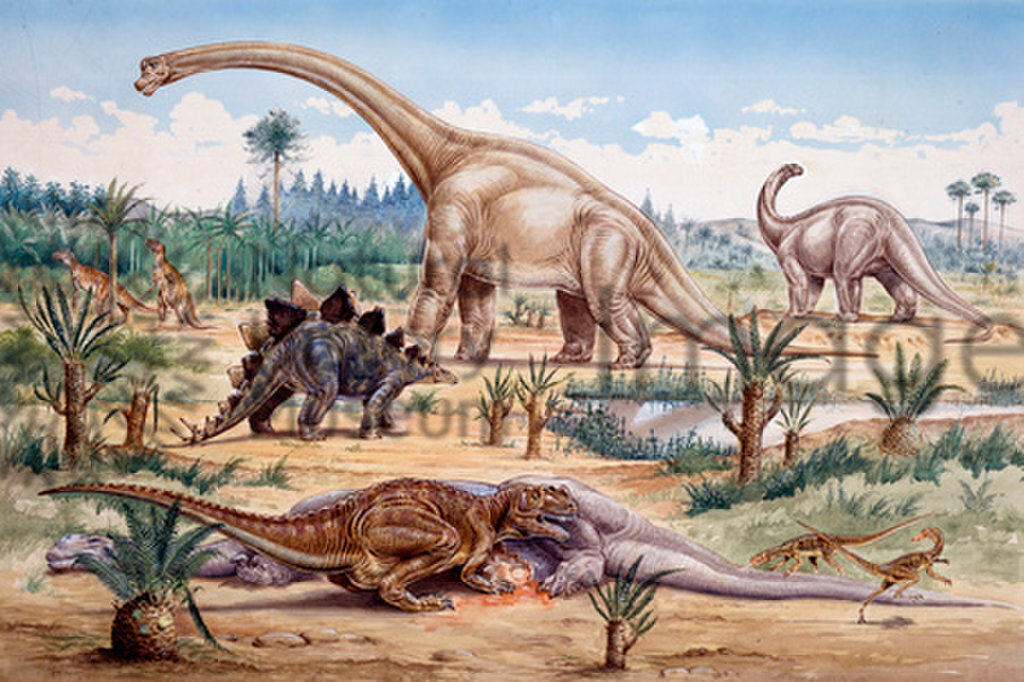
The structural components of Brachiosaurus and the Boeing 747 reveal fascinating parallels despite their vastly different origins and compositions. Brachiosaurus evolved a remarkable biological framework featuring massive weight-bearing limbs similar to columns, with front legs notably longer than hind legs, giving it its characteristic inclined posture. Its vertebrae contained complex air sacs that lightened its massive skeleton while maintaining structural integrity – an evolutionary adaptation that ironically mirrors certain aerospace engineering principles. The Boeing 747, designed with purely mechanical considerations, utilizes aluminum alloys and composite materials arranged in a semi-monocoque structure that distributes stress across its airframe. Its massive wings depend on precisely engineered spars and ribs not entirely unlike the structural elements in dinosaur limbs, though composed of metal rather than bone. Both giants solved similar physical problems – how to support enormous size against gravity – but through different means: one through millions of years of natural selection, the other through deliberate human engineering using modern materials science.
The Ecological Impact: Dinosaur Versus Aircraft
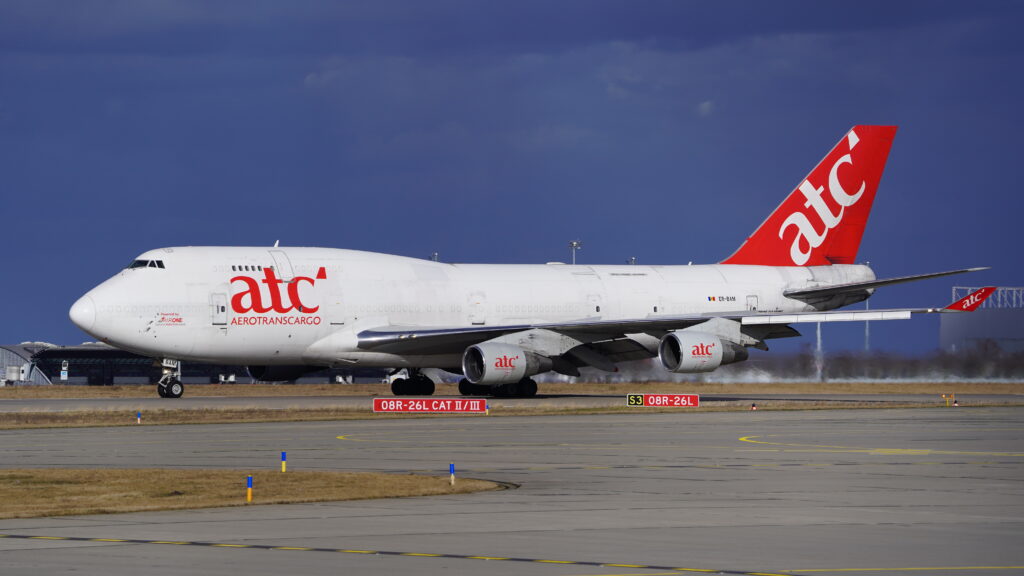
The environmental footprints of Brachiosaurus and the Boeing 747 provide another fascinating contrast between natural and technological giants. As a massive herbivore, Brachiosaurus consumed enormous quantities of vegetation, estimated at hundreds of pounds daily, making it an important component of Jurassic ecosystems. These sauropods likely shaped their environments significantly, potentially altering forest structures through their feeding habits, while their waste would have redistributed nutrients across their habitats. Their bodies also supported numerous smaller organisms in life and after death. The Boeing 747, as a product of industrial civilization, presents a different ecological relationship, consuming approximately 5 gallons (19 liters) of fuel per mile and producing significant carbon emissions during operation. A typical 747 flight burns between 5,000-10,000 gallons (18,900-37,800 liters) of fuel, contributing to modern environmental challenges. However, both giants represent efficiency within their contexts – Brachiosaurus evolved to effectively process low-nutrient plant matter, while the 747’s fuel efficiency per passenger-mile is quite remarkable considering the distances and speeds involved.
Historical Significance and Cultural Impact
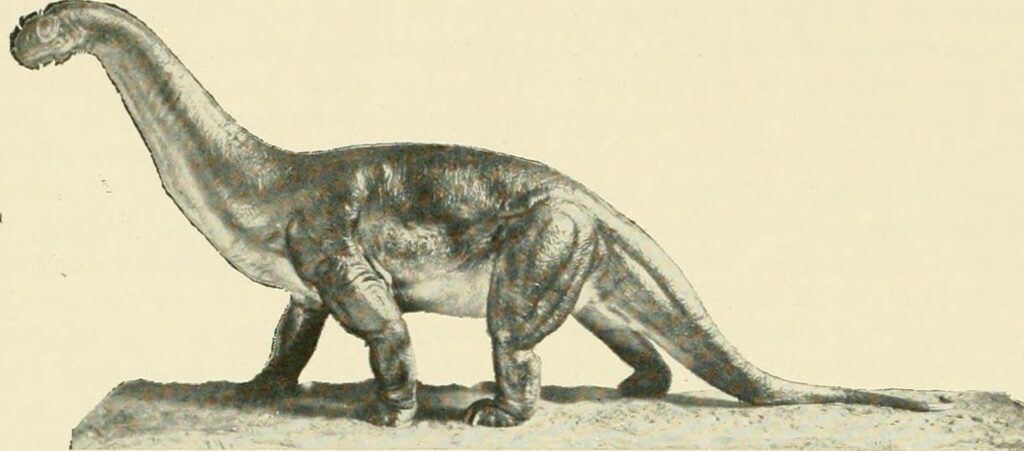
Both Brachiosaurus and the Boeing 747 have left indelible marks on human understanding and culture, albeit in vastly different ways. Brachiosaurus fossils have revolutionized our understanding of prehistoric life since their discovery in 1903, becoming iconic symbols of the Jurassic period and dinosaurian gigantism. Their impressive remains draw millions of visitors to natural history museums worldwide, while their reconstructed forms have featured prominently in entertainment, from classic films like “Jurassic Park” to countless documentaries and children’s books. The Boeing 747, since its introduction in 1969, has similarly transcended its functional role to become a cultural icon, instantly recognizable even to those who have never flown. It democratized international travel, making global connectivity possible for millions and fundamentally changing human mobility patterns. Both giants have shaped how humans perceive scale and possibility – one by revealing the extraordinary dimensions that natural evolution produced in Earth’s distant past, the other by demonstrating what human engineering could achieve in connecting our modern world.
Visualizing the Comparison: Creative Analogies

To truly grasp the comparative scale of these two giants, several helpful visualizations can bring their dimensions to life. Imagine a standard American football field, which measures 360 feet long, including end zones. A Boeing 747-8 would occupy nearly 70% of this field’s length, while a Brachiosaurus would take up approximately 25%. In terms of height, picture a four-story apartment building – a Brachiosaurus with its neck fully extended could potentially peek over the roof, while a Boeing 747’s tail would reach about the same height. For weight, consider that a Brachiosaurus weighed roughly the equivalent of 25 large African elephants combined, while a fully loaded 747 weighs as much as about 60-65 elephants. Another compelling visualization compares volume: a standard Olympic swimming pool contains 2,500 cubic meters of water – you could fit roughly one Brachiosaurus in three such pools, while the passenger and cargo space of a 747 would require about one-third of a pool. These analogies help translate abstract measurements into comprehensible comparisons that better illustrate the true scale of these remarkable giants.
Conclusion: Giants Across Time
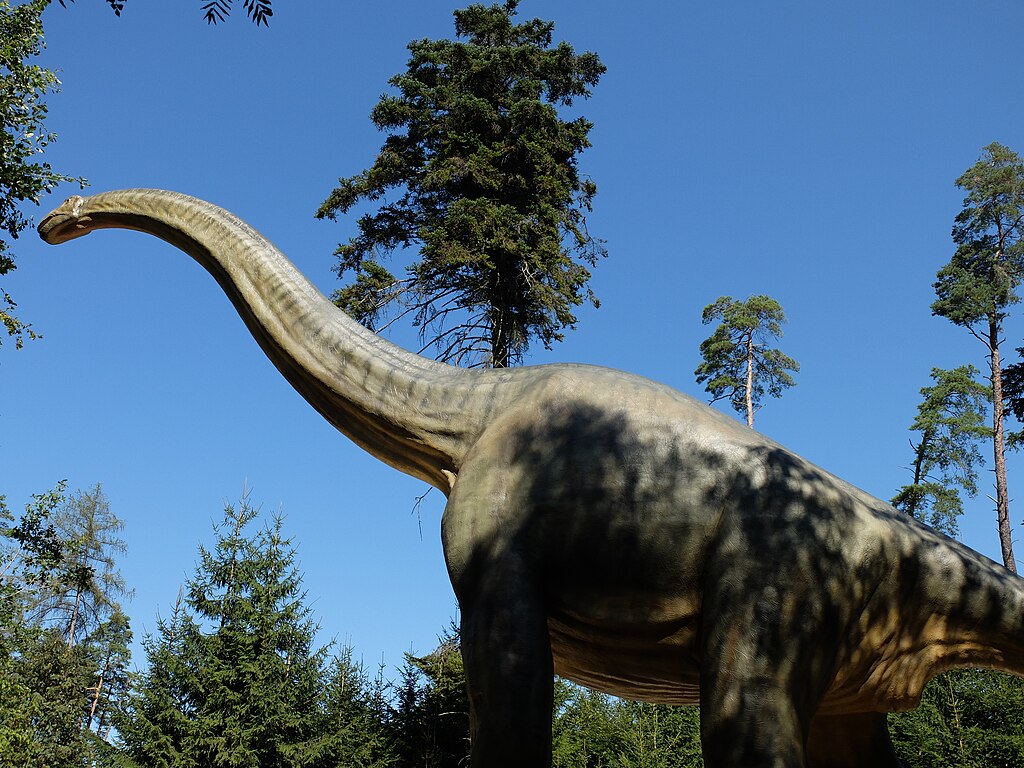
The comparison between Brachiosaurus and the Boeing 747 offers a fascinating window into the evolution of size across natural history and human innovation. While these giants share impressive dimensions, they represent fundamentally different approaches to overcoming the challenges of scale – one through millions of years of biological adaptation, the other through decades of technological advancement. The Brachiosaurus stands as testimony to the extraordinary sizes that evolution can produce given the right conditions and sufficient time, while the Boeing 747 demonstrates humanity’s ability to engineer machines that exceed even nature’s grandest examples in certain aspects. Both have captivated human imagination, albeit separated by an unbridgeable gulf of 150 million years. Perhaps what makes this comparison most compelling is how it highlights both the continuity and distinction between natural and human achievements, reminding us that while we can build machines larger than dinosaurs, we do so by standing on the shoulders of the natural processes that came before us.



